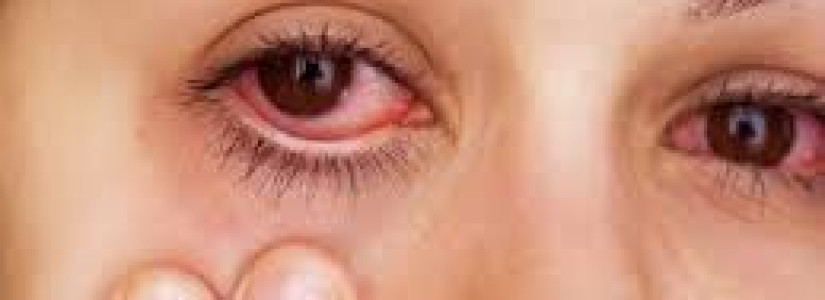CT- scan and MRI centers in Kathmandu
6 November, 2020CT- scan and MRI centers in Kathmandu...
Read More
Kathmandu is considered to be one of the most polluted cities in the world. Rapid urbanization, unplanned development activities, smoke from brick kilns, ongoing road widening drive, construction works for Melamchi Water Supply project, increasing number of vehicles and poor emission control of preexisting vehicles are considered to be the major contributing factors to this growing pollution in Kathmandu.
The Particulate Matter (PM2.5) concentration in Kathmandu is five times more than the National Ambient Air Quality Standard of Nepal set by the government of Nepal, and way more than the World Health Organization (WHO) standard (Kathmandu Post March 30, 2018).
The main health problems typically associated with air pollution include, but not limited to:
As an ophthalmologist, I see more and more patients with Dry Eye and ocular surface problem such as allergies and eye infection now compared to when I started practicing ophthalmology 10 years ago. There may be multiple factors contributing to this symptom, and which may include extensive use of electronic appliances or gadgets. But the primary cause is still the unhealthy air quality of the Kathmandu valley. Eye tissues are directly exposed to presence of unhealthy elements or pollutants in the air whenever our eyes are open, thus causing all these complications.
Air Pollution and the Eyes
Several international studies have attempted to detail the impact of air pollution on the ocular surface. One study suggests that high ozone levels and low humidity levels are associated with dry eye in the Korean population.
Another study found evidence that outpatient visits for conjunctivitis increased significantly with higher levels of air pollution in Hangzhou, China.
The results of these studies are even more interesting because not only is dry eye disease linked with air pollution but also with eye infections. Additional research implies that particulate matter on the ocular surface is more harmful in dry eyes as compared to normal eyes, which indicates that patients with dry eye may be more vulnerable to disease in places where air quality is lower.
Furthermore, increased levels of nitrogen dioxide (NO2) in the air is associated with nosebleeds, dry cough, and eye irritation, which makes the case for a correlation between air pollution and dry eye disease even stronger.
The main ocular health problems associated with air pollution stem from increased levels of dry eye, which includes the following symptoms:
How can we prevent it?
Leave a comment